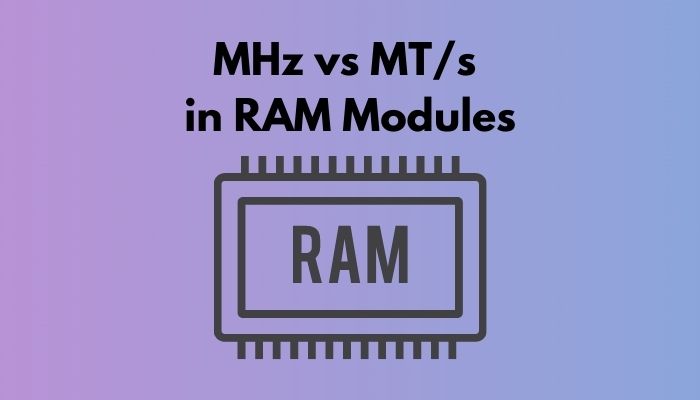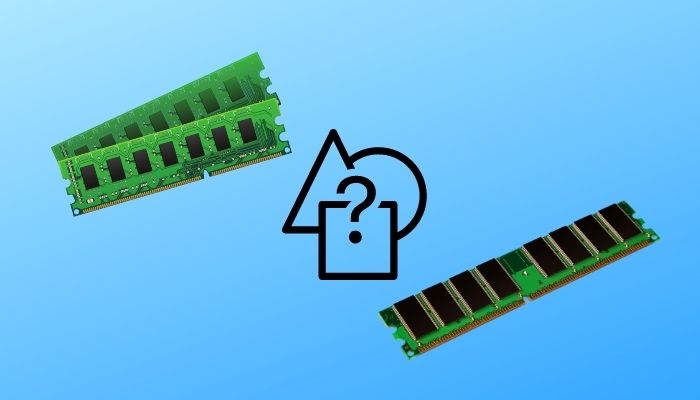I have been confused for a long time as I wasnt tech-savvy before.
So, what is MHz vs MT/s in the RAM modules?
If you become more confused by now, trust me, its alright.

I will explain everything, including MHz and MT/s, to wipe out all of your confusion.
Is MHz the same as MT/s?
SDRAM means Synchronous Dynamic Random Access Memory.

So, the DDR memory has enhanced the speed of operations.
Figure: Time-Amplitude curve
If you have a Science background, you might be familiar with the curve.
But if not, dont worry, youll get there soon.

Here, one wavelength is considered a cycle.
Our basics are done.
Lets understand the differences between MT/s and MHz.
A 16 GB DDR4 2666 MT/s stick of RAM operates at a base speed of 1333 MHz.
But it is technically incorrect as MT/s represents the actual number of data transfer operations.
Hence, the memory stick is listed as 2666 MT/s.
So, thats where manufacturers play this mind game with us.
To know more, check out our complete article onRAM frequency.
What is the Difference between SDRAM, DDR1, DDR2, DDR3, and DDR4?
SDRAM is the older key in of memory.
For instance, PC100 runs at 100 MT/s, PC133 runs at 133 MT/s.
The prefetch buffer of SDRAM is 1 bit.
DDR/DDR1 is the next generation of SDRAM.
So, it doubles the transfer rate under a frequency.
The prefetch buffer is 2 bit.
DDR memory is at the internal clock speed of 133~200 MHz, where the transfer rate is 266~400 MT/s.
The primary difference between DDR and DDR2 is thebus signal.
DDR2 has twice the capability of operating the external data bus than DDR.
For example, the internal clock speed is 133~200 MHz, and the data transfer rate is 533~800.
The difference between DDR3 and DDR2 is mainly the power consumption.
There is a 40% power consumption in the DDR3 with respect to DDR2.
So, the data transfer rate is doubled compared to DDR2.
DDR4 is the latest model of all DDR SDRAMs.
It provides the lowest operating voltage and the highest transfer rate.
The prefetch buffer is 8 bit.
It has additional functions, such as CRC, CA parity, and more.
Conclusion
There is a thin yet significant difference between MHz and MT/s.
I hope you understand the deception of the manufacturing companies.
If you have further questions, do write them in the comment section.